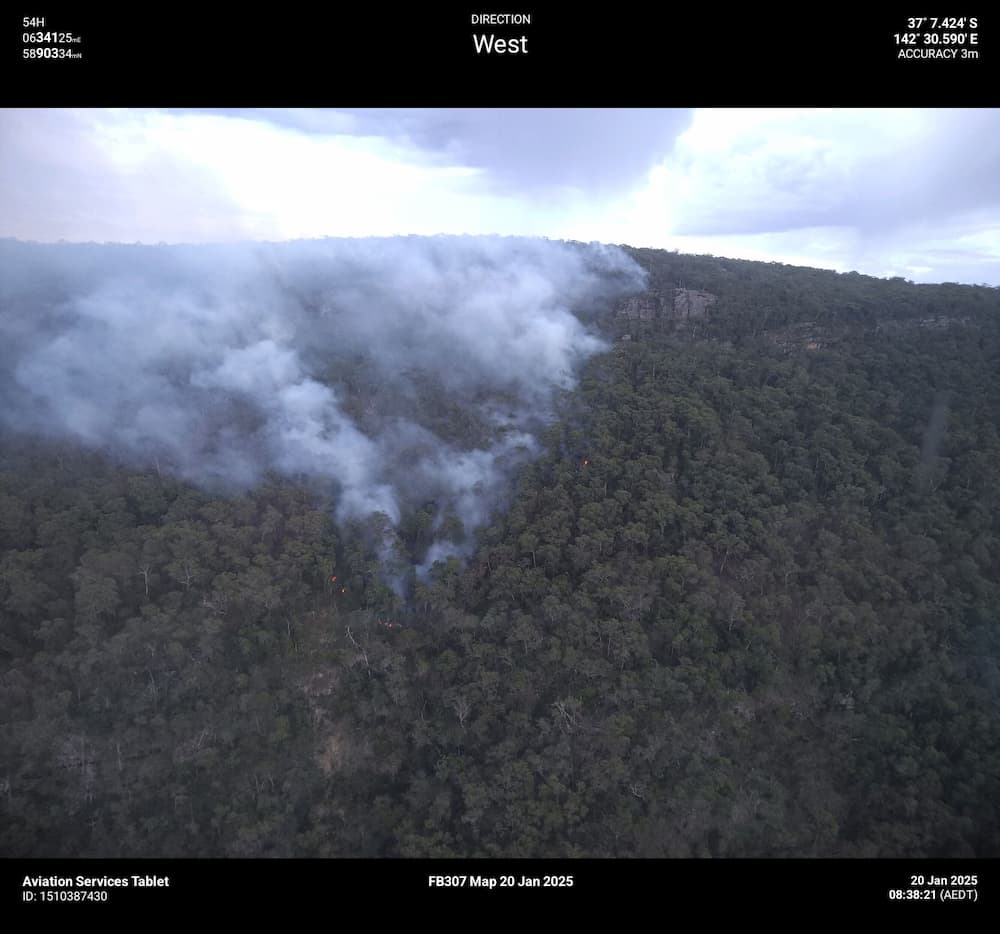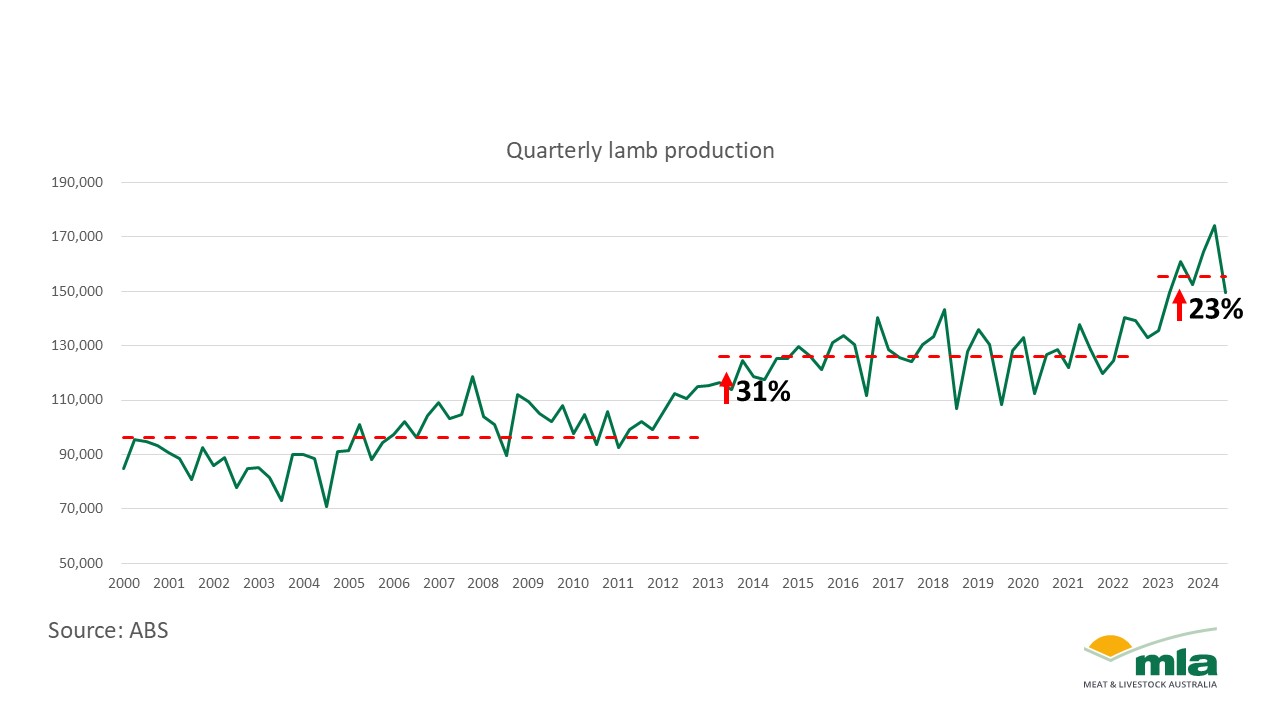An international research team including The Australian ³Ô¹ÏÍøÕ¾ University (ANU) has used the Kepler space telescope in coordination with ground-based telescopes to witness the first moments of a star dying in unprecedented detail.
The astronomers witnessed the star dying a long time ago in a galaxy far, far away, as part of a project that aims to solve the mystery of how stars explode.
Dr Brad Tucker, one of the lead researchers of the survey, said about 170 million years later on 4 February 2018 the array of high-powered telescopes detected the light emanating from the exploding star, otherwise known as a supernova called SN 2018oh.
“Kepler – in its final days before running out of fuel and being retired – observed the minute changes in brightness of the star’s explosion from its very beginnings, while the ground-based telescopes detected changes in colour and the atomic make-up of this dying star,” said Dr Tucker from the ANU Research School of Astronomy and Astrophysics.
“With the combined data from these telescopes, astronomers achieved what they had hoped for – an unprecedented observation of the onset of a star’s death.”
SN 2018oh is an example of a Type Ia supernova – the kind that astronomers use to measure the expansion of the Universe and probe the nature of dark energy.
“Prior to Kepler, it was nearly impossible to study the early stages of a star explosion,” Dr Tucker said.
A typical Type Ia supernova brightens over the course of three weeks before gradually fading away, but this supernova brightened rapidly a few days after the initial explosion – about three times faster than a typical supernova at this time period.
The Dark Energy Camera at Cerro Tololo Inter-American Observatory in Chile and the Panoramic Survey Telescope and Rapid Response System at Haleakala Observatory in Hawaii revealed this supernova gleaming blue during this intense period of intensity, an indication of extremely high temperatures – billions of degrees hot.
Dr Tucker said some theoretical models propose that an exploding white dwarf – a star that has exhausted its nuclear fuel – hits a neighbouring star to cause a supernova, which appears to be the cause of SN 2018oh.
“It’s possible in the case of SN 2018oh that the shock wave from the exploding white dwarf ran into the companion star, creating an extremely hot and bright halo that accounts for the added brightness and heat we observed,” Dr Tucker said.
“With this latest result, we now know a range of star systems cause these important explosions – those used by ANU Vice-Chancellor and astronomer Brian Schmidt to show the Universe was growing at an accelerating rate,” he said.
“The now retired Kepler Space telescope changed our view of the Universe – showing just how common planets around other stars are. It has also now revolutionised what we know about how stars end their lives in brilliant explosions.”
Dr Tucker said finding out the frequency and distribution of this kind of Type Ia supernova would help to refine the models used in cosmology to estimate the rate of expansion of the Universe.
Three papers by 130 scientists on this study will be published in The Astrophysical Journal Letters and The Astrophysical Journal.
NASA’s Ames Research Center in California’s Silicon Valley manages the Kepler and K2 missions for NASA’s Science Mission Directorate. NASA’s Jet Propulsion Laboratory in Pasadena, California, managed Kepler mission development. Ball Aerospace & Technologies Corporation operates the flight system with support from the Laboratory for Atmospheric and Space Physics at the University of Colorado in Boulder.
The authors of these three research papers include scientists from dozens of institutions, including members of the Kepler team. Additional observatories providing valuable data to support the experiment include the All-Sky Automated Survey for Supernovae, a global network of telescopes managed by the Las Cumbres Observatory in Goleta, California; the Tsinghua-NAOC and Lijiang Telescopes in China; the Konkoly Observatory in Hungary and others.







